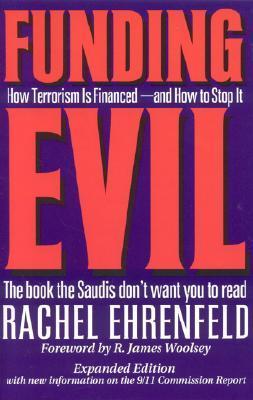What do you think?
Rate this book


320 pages, Paperback
First published October 31, 2003
Dr. Ehrenfeld's initiative and efforts led to the passage of New York' State's anti-libel tourism "Rachel's Law " and the SPEECH Act, signed into law in August 2010. These laws protect American writers and publishers in print and on the Internet from the enforcement of foreign libel judgements in the US.